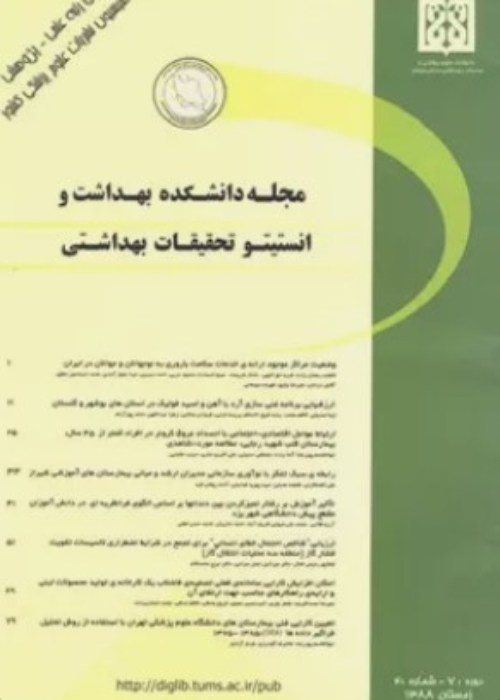Evaluation of Performance of Rural Health Houses in Kerman City, Iran in Dealing with Covid-19
Performance evaluation is a useful way to obtain information for decision-making and management of healthcare organizations. The purpose of this study was to assess the performance of health houses in rural areas in Kerman City, Iran during the outbreak of Covid-19.
This cross-sectional study was conducted in 2021-22 using descriptive and analytical methods. The research population included all the health houses in Kerman City (n=57), Iran. The tool for data collection was the Health House Performance Evaluation Checklist of the Ministry of Health and Medical Education developed to supervise the performance of health houses during the outbreak of Covid-19. Data analysis was done using SPSS 26 software, the statistical tests being descriptive statistics (mean and standard deviation) and analytical statistics including independent t-test, one-way analysis of variance and Pearson and Spearman correlations.
The average performance score of the health houses (n =55) in managing Covid-19 was 96.37 out of 136. Installation of the village map on the wall of the health house (92.3%), screening and following up the positive-test individuals and informing the health care team to track and isolate individuals in close contact (84.6%) were found to have the highest, and injecting the third dose (78.8%) and the second dose (75%) of the Covid vaccine the lowest, scores. From among the characteristics investigated the variable of native Behvarzes (the personnel of health houses) had a statistically significant positive relationship with the performance score (p=0.01). In addition, the health houses with more than one Behvarz were found to perform better than those with only one Behvarz (p=0.05).
Assessing the performance of health care units at times of crisis, including communicable diseases epidemics, will make it possible to identify the bottlenecks that need improvement for better preparedness in the future. Based on the findings of this research, the expansion of the coverage of the covid-19 vaccination, updating the disease incidence, the performance of health care teams at home visits, and the progress of the operational plan were the variables that needed improvement most.
- حق عضویت دریافتی صرف حمایت از نشریات عضو و نگهداری، تکمیل و توسعه مگیران میشود.
- پرداخت حق اشتراک و دانلود مقالات اجازه بازنشر آن در سایر رسانههای چاپی و دیجیتال را به کاربر نمیدهد.


